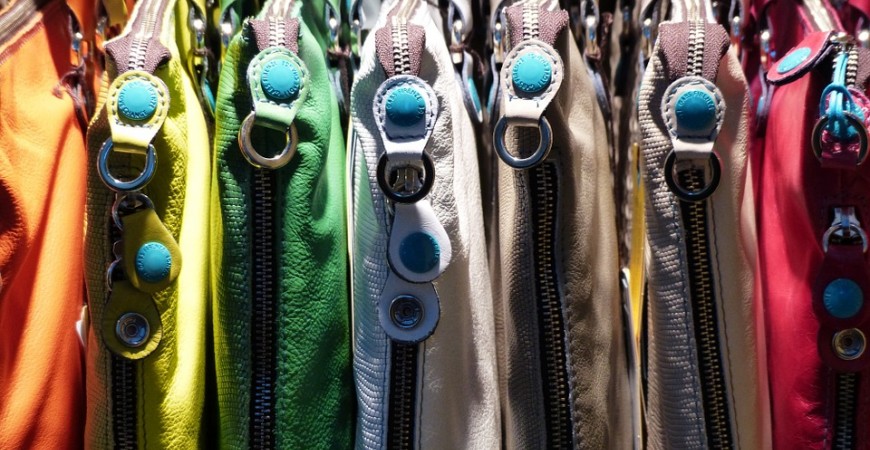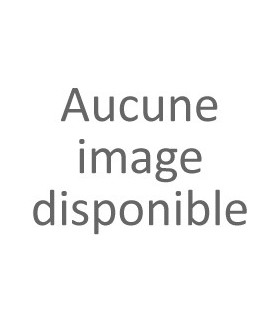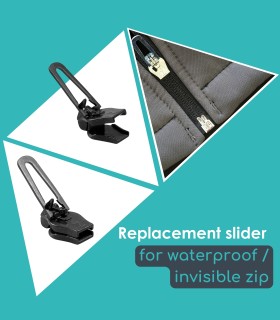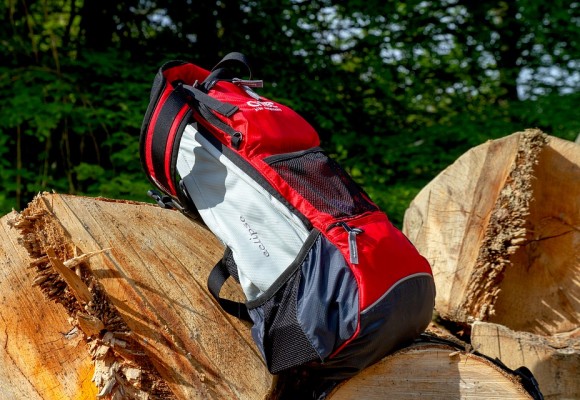Finding the right Clip Zip slider for my broken zip
Posted on09/01/2018
by
There are 4 types of zip, and it's important to distinguish between them if you want to find the right slider for an effective repair. To distinguish one type of knit from another, first look at the "right side" - don't pay any attention to the "reverse".
METAL TOOTHED ZIP:
As the name suggests, the teeth of the zip are metal, straight and have a small hook at the end. They are usually found on leather jackets, jeans zips, certain handbags, etc.
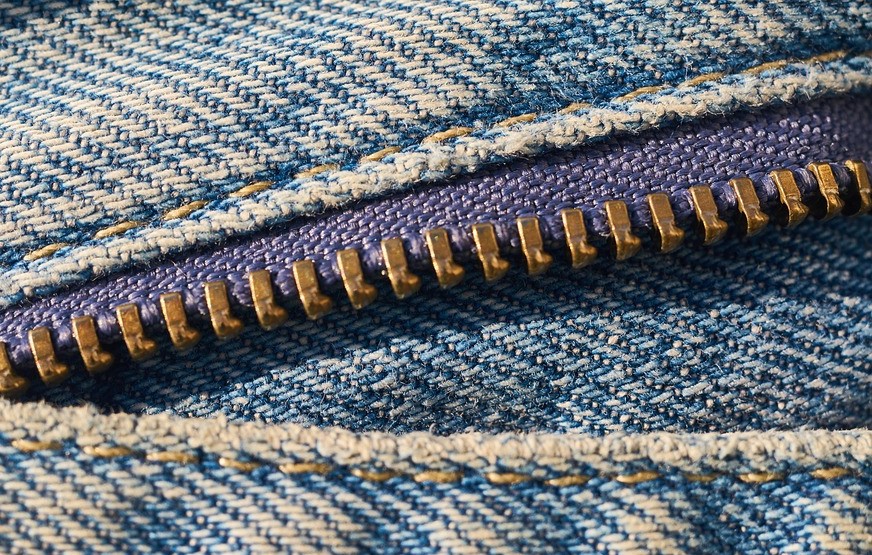
| If your zip has metal teeth, you should use the sliders with the reference "A" for the METAL mesh. |
ZIP WITH PLASTIC TEETH:
These teeth are often confused with spiral nylon zips, which can lead to errors when choosing the right slider.
Zips with injected plastic teeth are quite distinct from each other, with a square base and a rounded end that hooks onto the teeth of the other row of the zip. You'll find these types of teeth on anoraks, boating equipment, sports bags and much more.
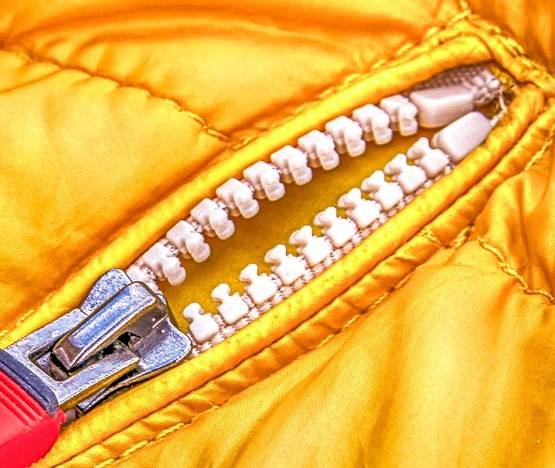
| Go to the sliders with the reference "B" for the PLASTIC mesh. |
ZIP WITH SPIRAL NYLON TEETH:
These teeth are tightly packed together and look like fishing line. They are two spiral rows that interlock when the cursor passes over them.
They are very common and are usually found on rucksacks, boots or computer cases, for example.
They are very common and are usually found on rucksacks, boots or computer cases, for example.
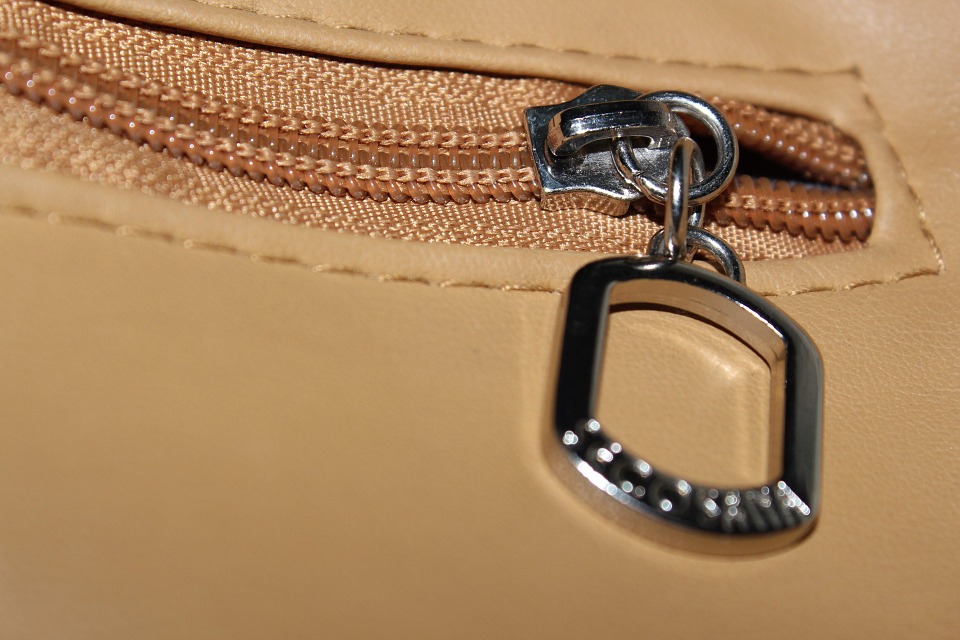
| The sliders are referenced "C" on the NYLON SPIRAL mesh. |
INVISIBLE WATERPROOF ZIP:
This rarer type of zip is difficult to identify. On the right-hand side, an invisible waterproof zip is identified by the fact that the teeth are not visible when the zip is closed AND the fabric is sewn with the teeth. On the "reverse" side, the teeth are visible. You can therefore deduce that the zip is sewn the other way round. This is called an invisible zip.
If a zip is simply protected by 2 panels, it is NOT considered invisible.
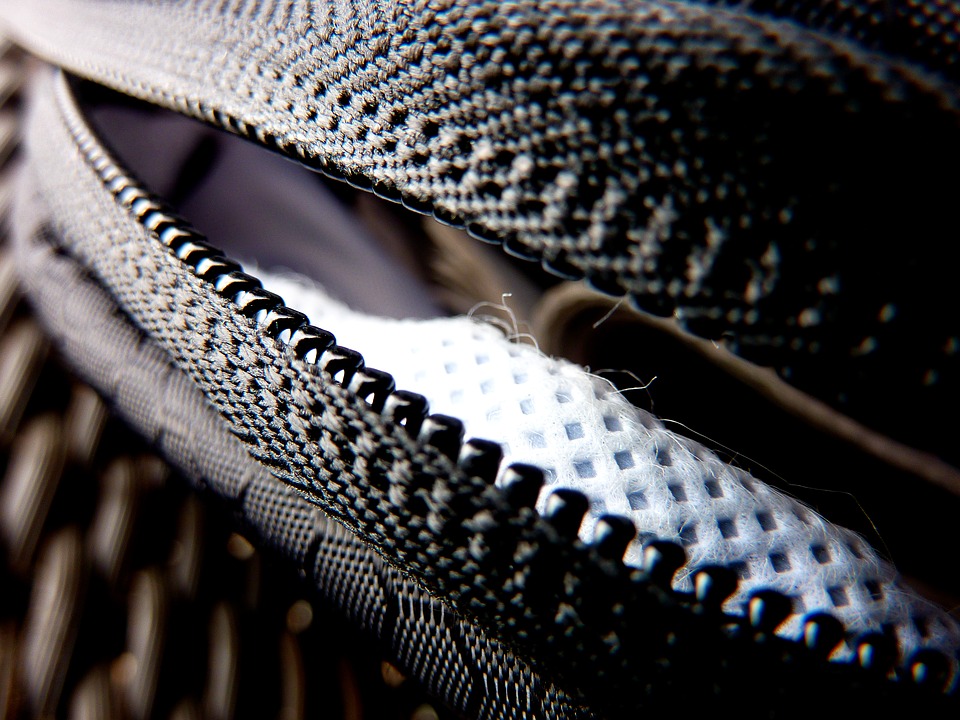
| You'll need to use the "C2" zips on the WATERPROOF INVISIBLE mesh. |







